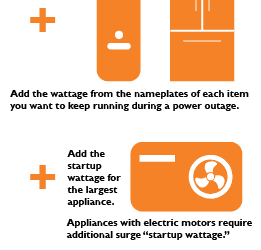
As a not-for-profit utility, Dawson PPD focuses on cost-effectively extending the life of its existing facilities while maintaining adequate levels of safety and reliability. Testing wooden poles helps the District ensure reliability and long life of its equipment, saving customers money in the long run.
Traditionally, pole testing involved a hammer for sounding, a shovel for digging around the base and drilling holes to test for decay. Today, Dawson PPD hires a contractor that uses a scientifically-based system called POLUX as a less-invasive and more accurate form of testing.
POLUX works by sending two, three inch long probes the size of an eight-penny nail into the base of the utility pole. This is the most vulnerable point where decay is most likely to occur on a pole. The probes measure resistance and moisture content of the pole. This information, along with the type of wood the pole is made of and how it was treated are run through a computer program with the pole’s GPS location recorded.
Typically, Dawson PPD uses a Southern Yellow Pine tree for its poles, which should have a resistance of 8,000 pounds per square inch when new. If the measurement falls below 50 percent of the recommended resistance, in this case 4,000 PSI, the pole is marked for replacement.
All of Dawson PPD’s poles are tested every 10 years on a rotating schedule with 10,000-11,000 poles tested annually.
OTHER NEWS
Energy Efficiency tip of the month
Heading out of town for the holidays? Remember to unplug electronics that draw a phantom energy load. Some gadgets, like TVs, gaming consoles, chargers and DVD players use energy when plugged into an outlet, even when they’re not in use. Source: energy.gov ...
What you need to know about space heaters
Space heaters can be an alternative source of heat for those who want to warm one small area but be wary of their fire risk and lack of energy efficiency. Space heaters are responsible for 43 percent of home heating fires, according to the National Fire Protection...
What size of generator do I need?
Having a backup generator on hand can help ease the disruption brought on by a power outage. But where to begin? Start with the end in mind. When selecting a backup generator, determine what you want to keep running during an outage. This impacts how large (output...


